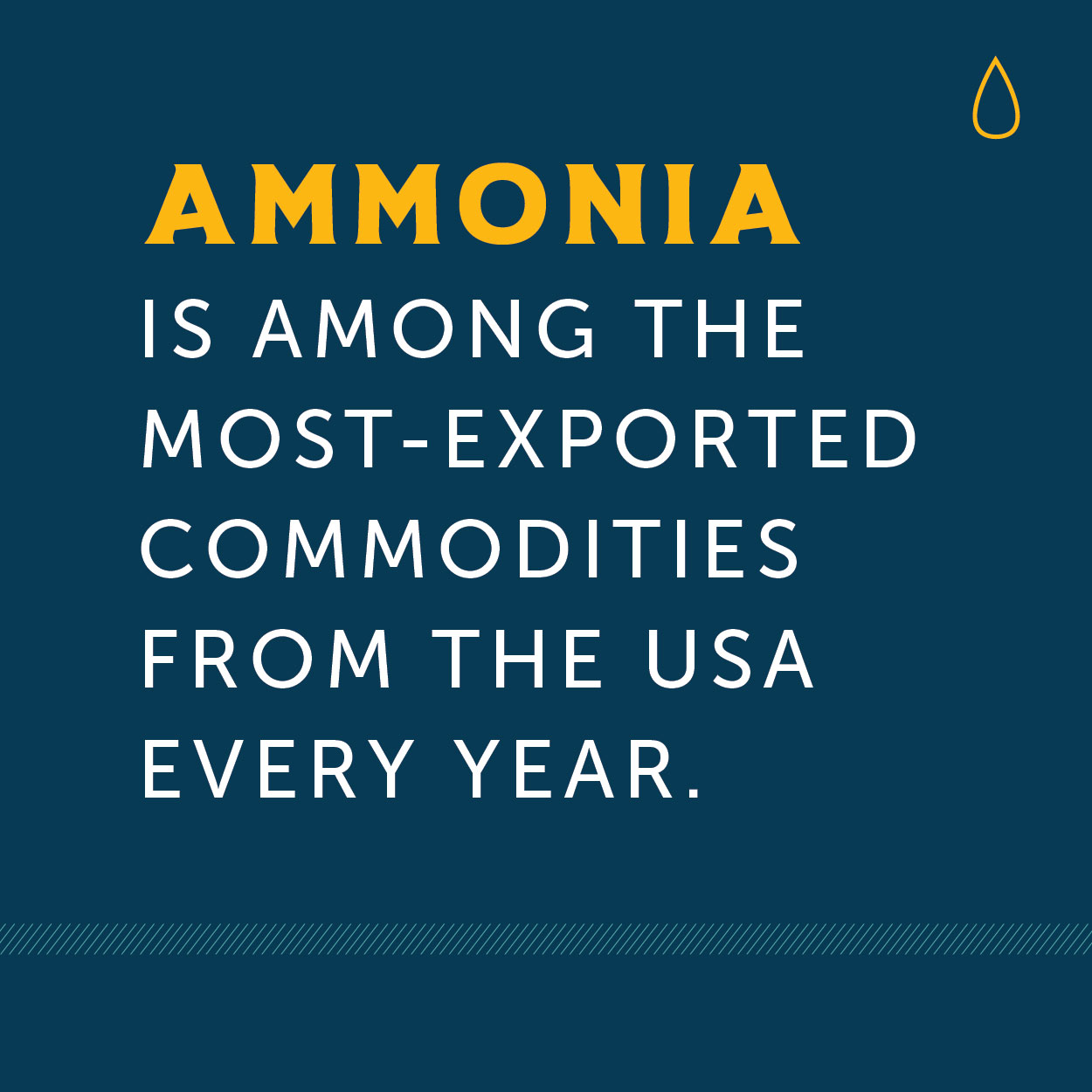To displace all fossil fuels everywhere with carbon-free energy.
Ammonia is the way. General Ammonia Company’s revolutionary process will liquefy renewable power to enable the Hydrogen fuel economy worldwide, at last.
Why hasn’t this already happened? Why aren’t we already using Ammonia as a Hydrogen carrier?
It comes down to the chemistry of the Nitrogen cycle. Diatomic Nitrogen, which makes up 78% of Earth’s atmosphere, is a very stable molecule with a triple-bond holding it together. Specialized Nitrogen-fixing bacteria and fungi, commonly found living in the roots of certain plants, slowly fix atmospheric Nitrogen into the organically-active molecules required for life on Earth (such as Ammonia). This is not an efficient process. Early in the industrial revolution, the Haber-Bosch Process of Nitrogen fixation was discovered to synthesize Ammonia through the heavy use of coal and natural gas – this gave us access to Nitrogen on-demand, and resulted in a global agricultural boom that is still ongoing today. It also continues to give us egregious quantities of carbon emissions.
And this is where the story of Ammonia synthesis has been stagnated for 100 years.
What General Ammonia Co. has achieved with UIC is a total breakthrough in Ammonia synthesis. Whereas other groups in pursuit of this goal rely on expensive catalysts such as Ruthenium or Vanadium alloys, or high temperatures to achieve commercial reaction rates, our reactor components are stable and cost-efficient, and operate at ambient temperatures, while still being powered 100% by renewable electricity. Critically, the avoidance of any thermal input allows our production curve to exactly follow the production curves of intermittent wind and solar resources without on-site storage. The low costs of materials and electricity supply are such that the Hydrogen fuel that is stably stored in our liquid sunshine will undercut fossil fuel prices on day one, without subsidy.
We are actively seeking visionary partners in order to raise the capital to bring this revolutionary technology to market.
By leveraging the major economic advantage of cheap renewable energy delivery, we aim to fully decarbonize the human world – and we aim to do so well before 2050, in time to avert the worst impacts of anthropogenic climate change.
Let this be the Decade of Decarbonization.



